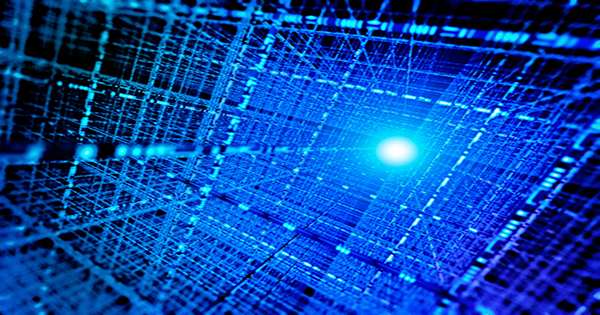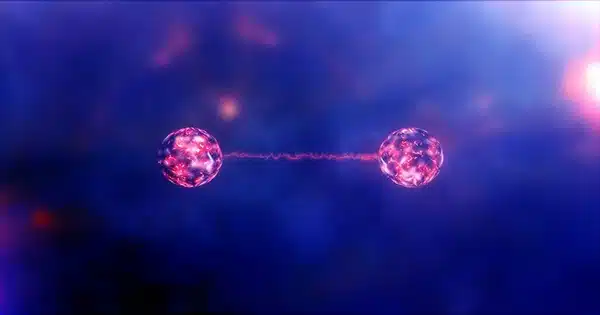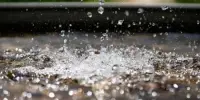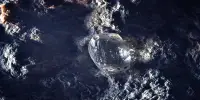There are many strange events in quantum physics, but maybe none as strange as the role measurement plays in the theory. Because measurements tend to disrupt the “quantumness” of a system, they appear to be the enigmatic link between the quantum and classical worlds. In a vast system of quantum bits of information, known as “qubits,” the influence of measurements can induce drastically novel behavior, even causing the birth of totally new quantum information phases.
This occurs when two competing effects, interactions, and measurement, collide. When qubits interact in a quantum system, their information becomes exchanged nonlocally in an “entangled state.” However, when the system is measured, the entanglement is eliminated. The conflict between measurement and interactions results in two separate phases: one in which interactions predominate and entanglement is ubiquitous, and another in which measurements predominate and entanglement is repressed.

Researchers from Google Quantum AI and Stanford University have discovered a “measurement-induced phase transition” in a system with up to 70 qubits, as reported in the journal Nature. This is by far the most extensive system in which measurement-induced effects have been investigated.
The researchers also discovered evidence of a novel sort of “quantum teleportation”—the transfer of an unknown quantum state from one set of qubits to another—as a result of these experiments. These studies may inspire new strategies for quantum computing.
Entanglement in a system of qubits can be visualized as an elaborate web of links. When we measure an entangled system, the influence on the web is determined by the measurement’s strength. It may entirely destroy the web, or it could snip and prune specific strands of the web while leaving others intact.
It is famously difficult to visualize this web of entanglement in an experiment. Because the web is invisible, researchers can only infer its presence by observing statistical connections between qubit measurement outputs. Many, many repeats of the same experiment are required to deduce the web pattern. This and other difficulties have hampered previous experiments, limiting research into measurement-induced phase transitions to very small system sizes.
To address these issues, the researchers employed a few experimental gimmicks. To begin, they altered the order of processes so that all measurements could be taken at the conclusion of the experiment rather than interleaved throughout, decreasing the experiment’s complexity. Second, they devised a novel method for measuring specific web properties using a single “probe” qubit.
As a result, they were able to learn more about the entanglement web with fewer repetitions of the experiment than was previously required. Finally, the probe, like other qubits, was vulnerable to environmental noise. This is generally regarded as a bad thing since noise can disturb quantum calculations, but the researchers transformed this flaw into a benefit by observing that the probe’s sensitivity to noise was dependent on the nature of the entanglement web surrounding it. They might thus use the noise sensitivity of the probe to deduce the entanglement of the entire system.
The researchers first investigated the difference in noise sensitivity in the two entanglement regimes and discovered substantially different behaviors. When measurements took precedence over interactions (the “disentangling phase”), the web’s strands remained relatively short. The probing qubit was solely sensitive to the noise of the qubits around it.
When the measurements were weaker and entanglement was more prevalent (the “entangling phase”), the probe became sensitive to noise throughout the entire system. The intersection of these two diametrically opposed phenomena is a hallmark of the desired measurement-induced phase change.
The researchers also demonstrated a novel form of quantum teleportation that resulted from the measurements: by measuring all but two distant qubits in a weakly entangled state, greater entanglement was established between those two distant qubits. The ability to establish measurement-induced entanglement across great distances permits the experiment’s teleportation.
The durability of entanglement against measurements during the entanglement phase may inspire novel approaches for making quantum computing more noise-resistant. Physicists are also fascinated by the role that measurements play in producing new phases and physical events.
“Incorporating measurements into dynamics introduces a whole new playground for many-body physics where many fascinating and new types of non-equilibrium phases could be found,” says Stanford professor and co-author Vedika Khemani. In this paper, we investigate a handful of these startling and counter-intuitive measurement-induced events, but there is much more to be uncovered in the future.”















